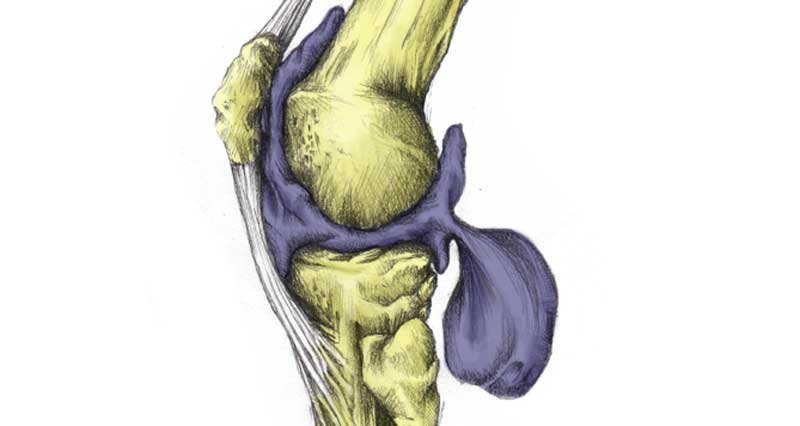A pelvic fracture is a break of any part of the pelvis. The pelvis consists of the two Ilia bones, the Pubis, the Ischium, and the Sacrum. Here we explain the symptoms, types, and causes of a fracture of the pelvis.
Symptoms of a Pelvic Fracture
Symptoms of a fractured pelvis vary greatly depending on the severity or type of fracture. Also, any complications involved.
A minor avulsion fracture may feel similar to a pulled muscle but will be felt directly on the bone. Symptoms of more substantial fractures may include instant pain on impact or at the time of trauma. Bruising may develop within 48 hours and is usually much quicker. Pain moving your hip.
The patient may hold the leg a certain way to make it more comfortable. Numbness, tingling or cold, pale skin anywhere in the legs may indicate nerve or blood vessel damage. Grade C injuries often result in internal bleeding and so symptoms of shock such as nausea, light-headedness, a racing pulse, cold, clammy skin, and loss of consciousness may occur.
Causes
The pelvis is a very sturdy structure and so it requires a large force to fracture it. The exception is in the elderly who may suffer from osteoporosis. This means the bones are weaker and may fracture more easily. Avulsion fractures of the pelvis are possible in athletes. This is where a muscle pulls away from a small section of bone.
Pelvic fractures most frequently occur from a high-energy impact such as a car or motorbike accident or a fall from a great height. There are a number of internal organs within the pelvis. Injury to the organs and internal bleeding may occur.
Classifications
Pelvic fractures can be classified by severity and the degree of stability present:
Grade A
Stable fracture – usually relatively minor fractures, including avulsion fractures such as Rectus Femoris avulsion, and fractures of one of the Ilia.
Grade B
Rotationally unstable – compression fractures, often with the separation of the pubic symphysis and widening of the SI joints.
Grade C
Vertically and rotationally unstable – pelvis ring is completely disrupted. These injuries are extremely severe, often with multiple complications and a high fatality rate.
Treatment
Treatment of a fractured pelvis varies depending on the severity:
Grade A injuries often just require rest. Initially, non-weight bearing using crutches, later after two weeks partial weight bearing. This may have to continue for up to 3 months until the bones are fully healed. Avulsion fractures usually heal much quicker than this. Your doctor may prescribe painkillers or anti-inflammatory medication.
Grade B injuries may or may not require surgery, depending on their severity. If surgery is undertaken, this may involve externally fixing the two parts of bone, often with a cage on the outside of the body. This remains in place until the bones are healed. Your doctor may prescribe painkillers, anti-inflammatory medication, and even blood thinners as you will be immobile for some time.
Grade C injuries may not be the priority of treatment if extensive internal damage has occurred. It may be more important to treat this first and stabilize the patient, before fixing the fracture site(s).
All forms of pelvic fracture should be treated with a rehabilitation programme to regain full movement and strength. This may begin quite early in the treatment process for minor injuries, with simple exercises such as contracting muscles and moving the legs.
A Physiotherapist or Physical Therapist will usually advise you on this and demonstrate appropriate exercises.








